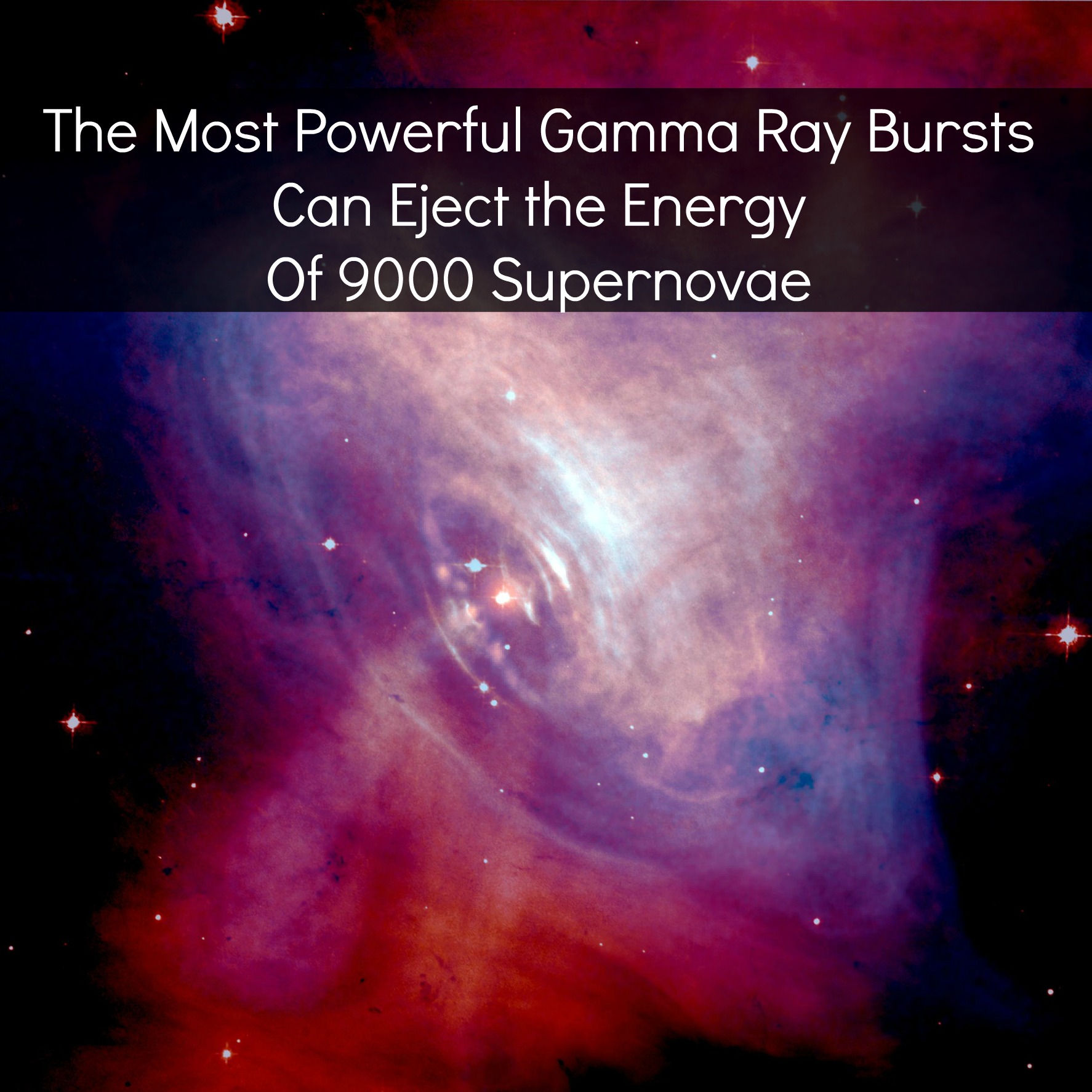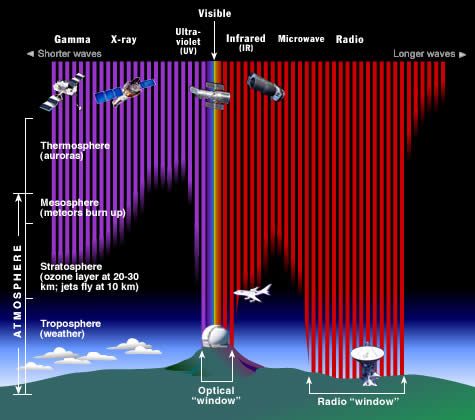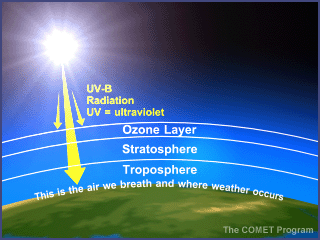Back in High School we all learned that the objects in our daily life here on Earth are made up of a large number of chemical elements such as oxygen or carbon or iron. We also learned that all of those elements, no matter how different, were themselves made up of only three types of sub-atomic particles the electron, the proton and the neutron. By the way those protons and neutrons are themselves made up of even smaller particles called quarks. At the present time that’s as far down as it goes.
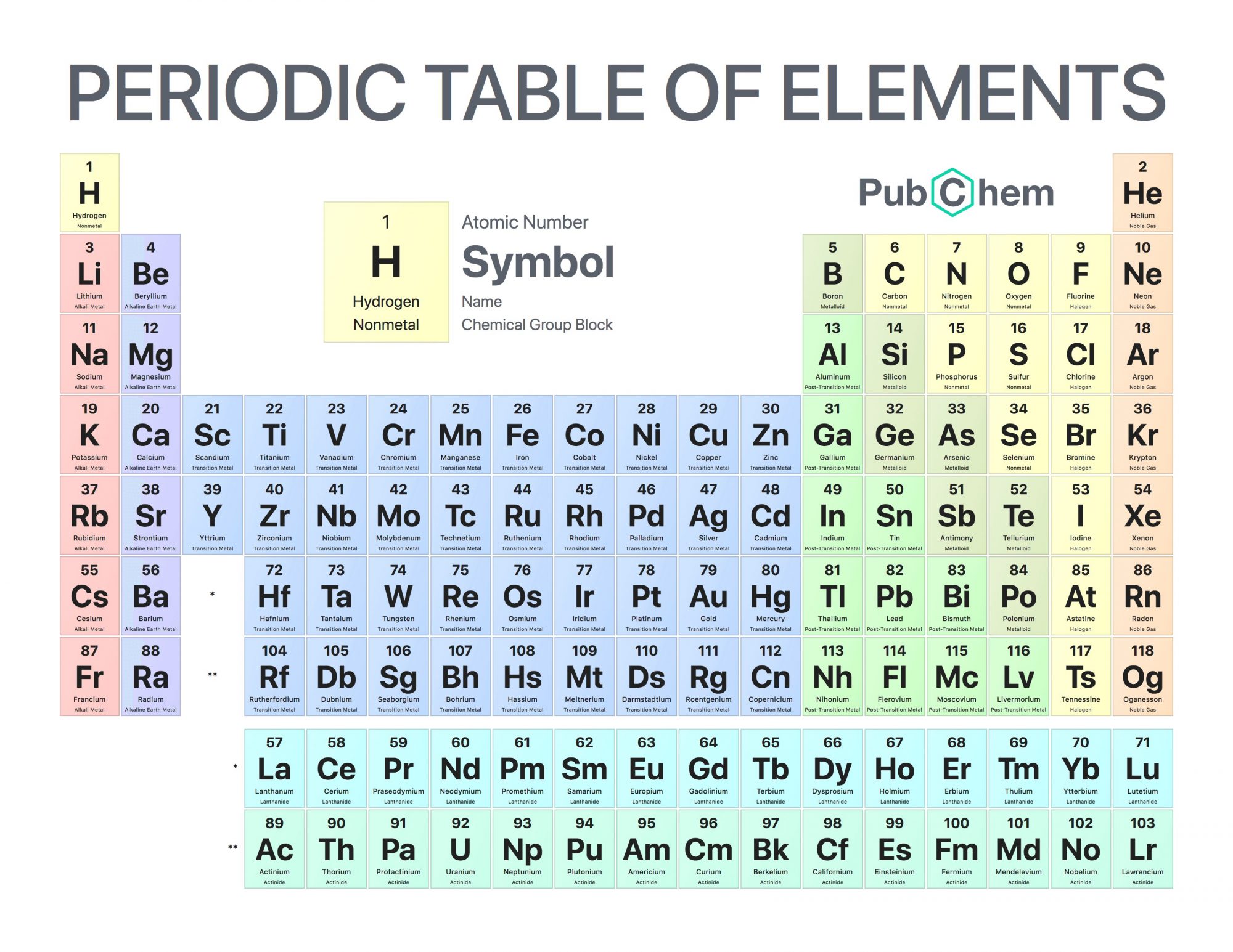
Now a trillionth of a second after the big bang the Universe was a seething mass of all of the elementary particles that make up what physicists call ‘The Standard Model’. As the Universe expanded and cooled however the quarks combined to form the protons and neutrons. All that took place within the first second after the big bang.
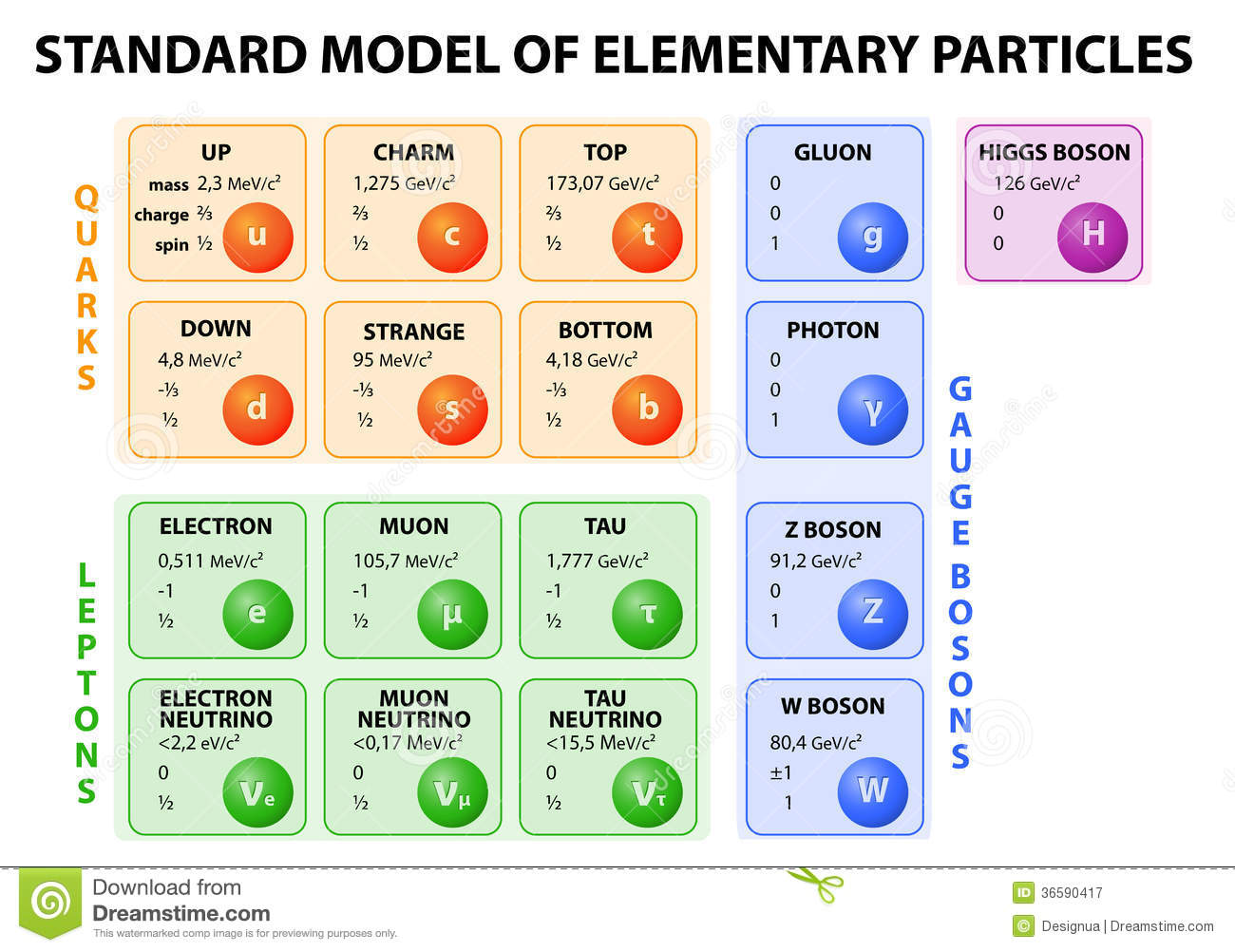
After that most of the protons just stayed protons becoming hydrogen nuclei so that hydrogen, the simplest element is still the most abundant of all the elements. Later, we think about 2 minutes after the big bang some of the protons and neutrons came together to form helium nuclei. A million years later, as the first stars began to form those were really the only two elements that existed. Before the first stars formed the visible matter in the Universe was about 75% hydrogen and 25% helium by mass. Virtually none of the other elements, like sodium, calcium or copper, were created in the Big Bang.

So where did all of those elements come from, where did the carbon, oxygen and nitrogen that make up your body come from. Those elements, and many others were made inside of those first stars; they were generated by the fusion reactions that gave energy to those suns. Beginning with fusing hydrogen into helium as a star starts to run out of hydrogen its core becomes hotter and denser so that it begins to fuse helium into carbon and oxygen and then it will fuse carbon and oxygen to make the elements up to iron.
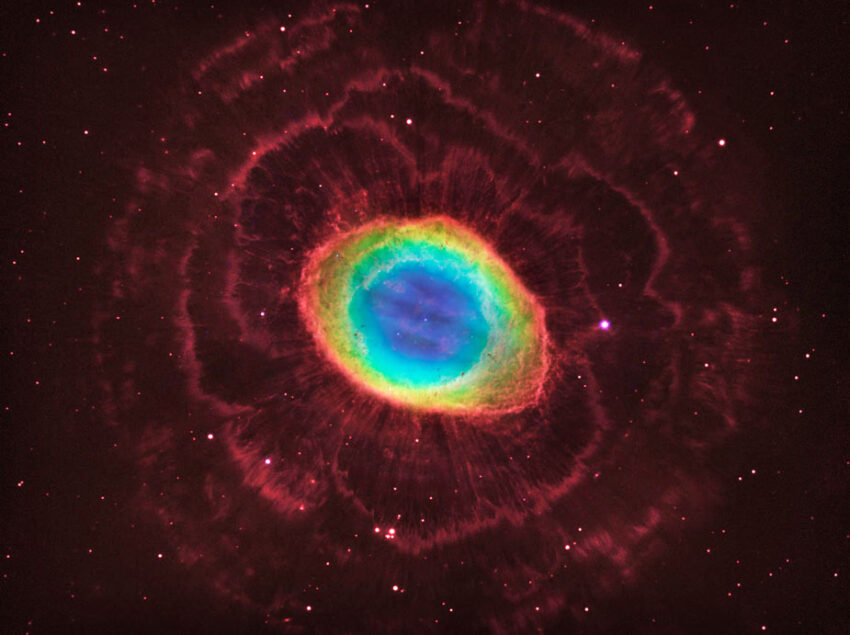
Iron is a dead end however because you can’t get any more energy by fusing iron so the star’s core can no longer fight the force of gravity and begins to collapse while the outer regions explode as a massive supernova. In that titanic detonation enough energy is released to produce some of the heavier elements such as silver, tin or iodine. Even so those elements are far less common in the Universe than are elements lighter than iron like carbon and oxygen.

Then there are the heaviest elements of them all, elements like gold or lead or uranium. While a tiny amount of these substances may be created in supernovas astrophysicists now think that much of the heaviest atomic nuclei are produced in an even rarer cosmic event than a supernova, the merger of two neutron stars. This hypothesis is gaining favour thanks to the data obtained by gravity wave detectors like the Ligo experiment that have actually observed neutron star mergers.
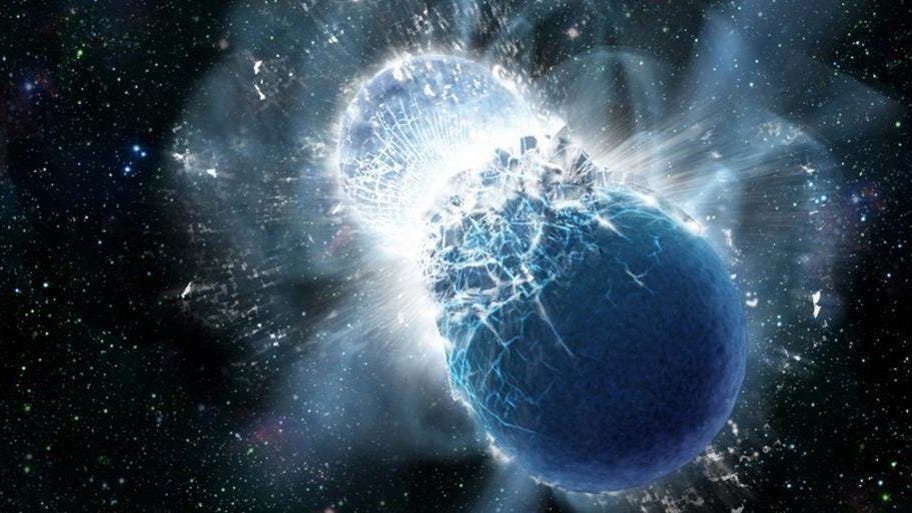
Now a research group at the GSI Helmholtzzentrum für Schwerionenforschung in Darmstadt Germany, in cooperation with scientists in Belgium and Japan have conducted computer simulations showing how even the heaviest elements could also be produced in the accretion disks that form around black holes. According to Doctor Oliver Just, an astrophysicist and member of the group, “In our study, we systematically investigated for the first time the conversion rates of neutrons and protons for a large number of disk configurations by means of elaborate computer simulations and we found that the disks are very rich in neutrons as long as certain conditions are met.” Which is a fancy way of saying the heaviest chemical elements could be produced in a black hole’s accretion disk.
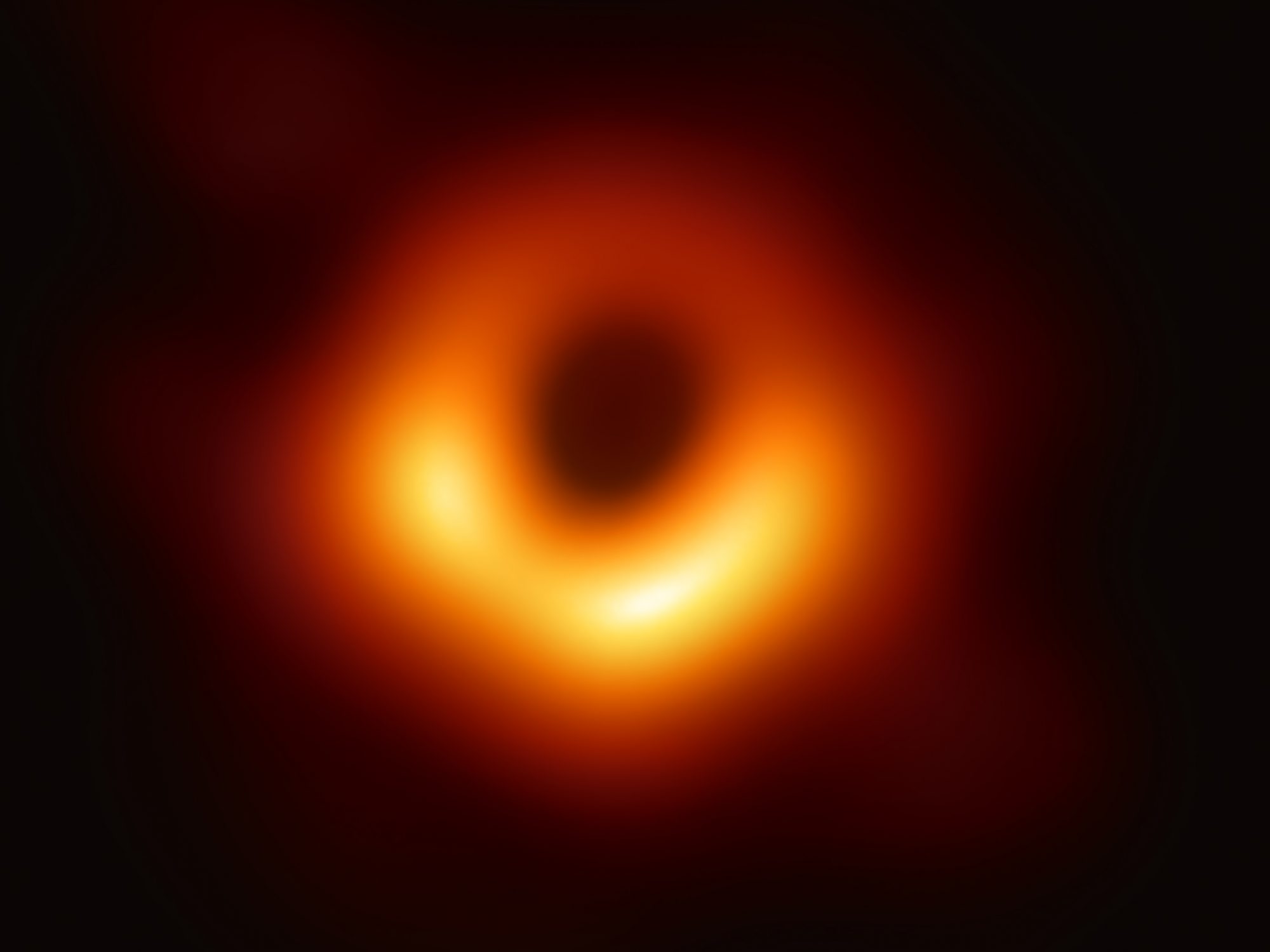
As matter is drawn into the black hole from the accretion disk the release of energy is so great that some matter escapes before it enters the black hole. This escaping matter could therefore produce a small but constant output of heavy elements.
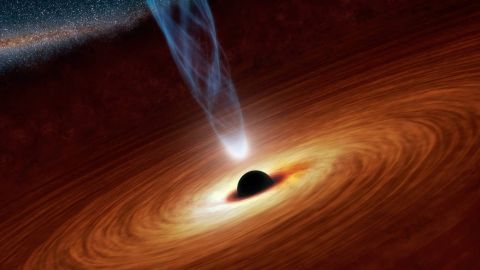
At the moment this is just a hypothetical simulation but certainly the accretion disk of a black hole is a location where there is enough energy being released to produce even the heaviest elements. More data from observations of accretion disks is needed so that the group can refine their simulations and fortunately that data is now becoming available thanks to the work of the Event Horizon Telescope,the astronomers who two years ago released the first actual picture of a black hole. See my post of 17 April 2019.

Where the chemical elements came from is a question that scientists have asked since the idea of atoms and elements was first suggested. Today we know a great deal, but there’s still much more to learn.

